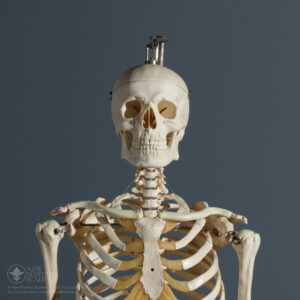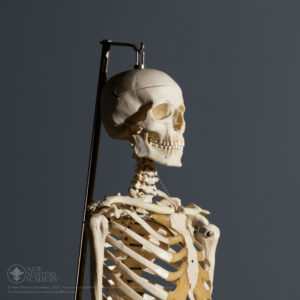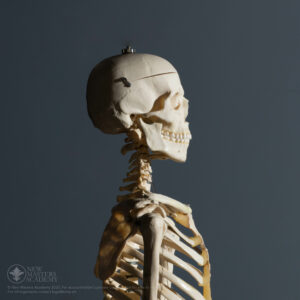- Lesson Details
- References
As the protegé to the famous Fred Fixler, who worked directly under the legendary Frank Reilly, Mark has an unrivaled knowledge of the Reilly Method for drawing the head. In the 1980’s, his artistic prominence gave way to an illustrious career in Hollywood movie poster design. He later founded Associate’s in Art in Southern California, a top school for illustrators, from which many alumni became the “who’s who” in the fields of figurative art.
In this series, Mark introduces you to the Reilly Method, a way of understanding the structure of the head through the use of rhythms, to help project accurate proportions of your subject from any angle.
In this first lesson, Marks precise knowledge and nomenclature of the elements that make up the head will give you a foundational understanding of its anatomy, preparing you to learn the Reilly Method later in this series.
This lesson has 3D Models reference. Subscribe now

 UPDATE! October 1st, 2023: This version of the website will no longer receive updates. Please transition to the new website for the best experience.
UPDATE! October 1st, 2023: This version of the website will no longer receive updates. Please transition to the new website for the best experience. 














